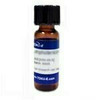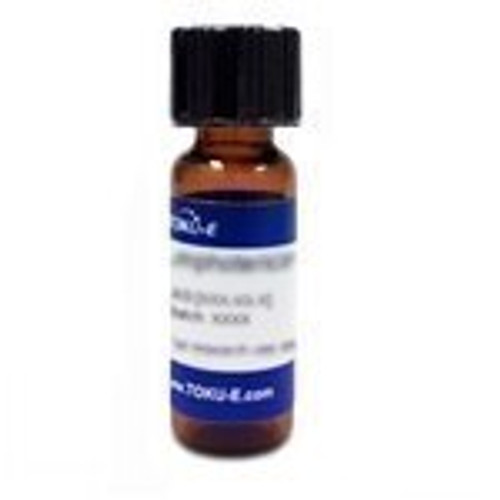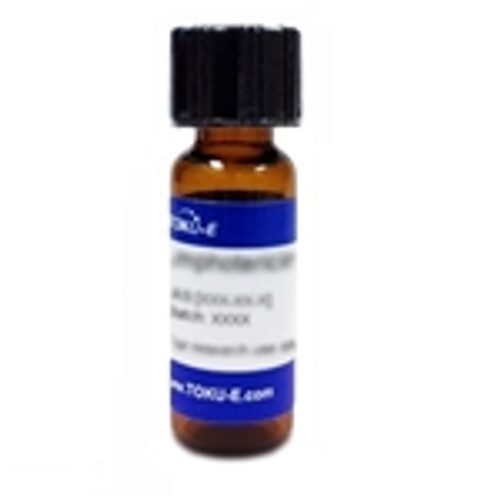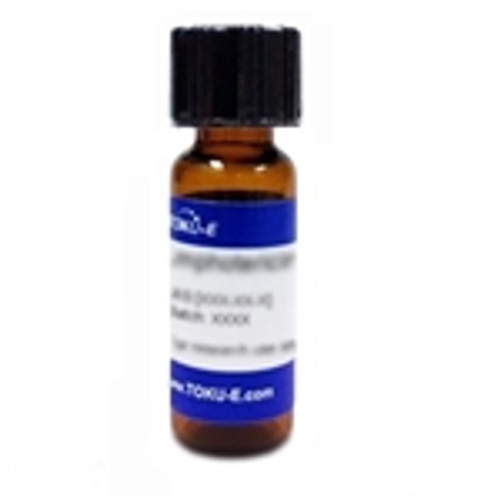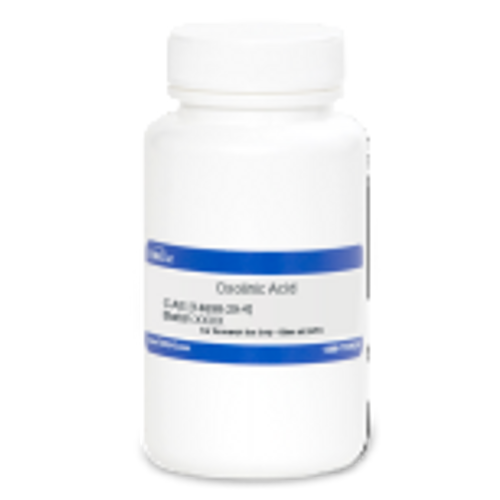6-Diazo-5-oxo-L-norleucine (syn: DON) is a natural antibiotic and glutamine antagonist originally isolated from Streptomyces sp from a Peruvian soil sample in 1954. The compound has anti-cancer properties, disrupting the mitochondrial internal membrane structures of the neuroendocrine tumor cell line BON and causing DNA single-strand breaks. Prodrug strategies have been developed to enhance delivery of active compound in vivo due to GI toxicity. It can act synergistically with L-asparaginase to inhibit U251, U87, and SF767 glioblastoma cells. It can be used to study the enzymes that use glutamine such as carbamoyl phosphate synthase and cytidine triphosphate synthase 1(s) (CTPS1) and various glutaminases.
6-Diazo-5-oxo-L-norleucine is soluble in water, DMSO and methanol.
Research use only; not for human or animal use.
| Molecular Formula | C6H9N303 |
| Mechanism of Action | 6-Diazo-5-oxo-L-norleucine is an inhibitor of glutamine synthetase-glutamine (amide)-2-oxoglutarate aminotransferase. |
| Cancer Applications | 6-Diazo-5-oxo-L-norleucine has antitumor activity, causing disruption in the mitochondrial internal membrane structures of the neuroendocrine tumor cell line BON concomitant with single-strand breaks in DNA. In early preclinical cancer models, DON inhibited the growth of multiple cancer cell lines in culture. |
| References |
Dion HW et al (1954) 6-Diazo-5-oxo-L-norleucine, a new tumor inhibitory substance. II: Isolation and characterization. Antibiot Chemother. 78:3075 Hiramoto K et al (1996) DNA strand cleavage by tumor-inhibiting antibiotic 6-diazo-5-oxo-L-norleucine. Mutat Res. 360:95 Lemberg KM, Vornov JJ, Rais R, Slusher BS (2018) We're not “DON” yet: Optimal dosing and prodrug delivery of 6-Diazo-5-oxo-L-norleucine. Mol Cancer Ther 1 17 (9):1824–1832 Wu et al (1999) A mechanism behind the antitumour effect of 6-diazo-5-oxo-L-norleucine (DON): disruption of mitochondria. Eur J Cancer 35:1155 |


